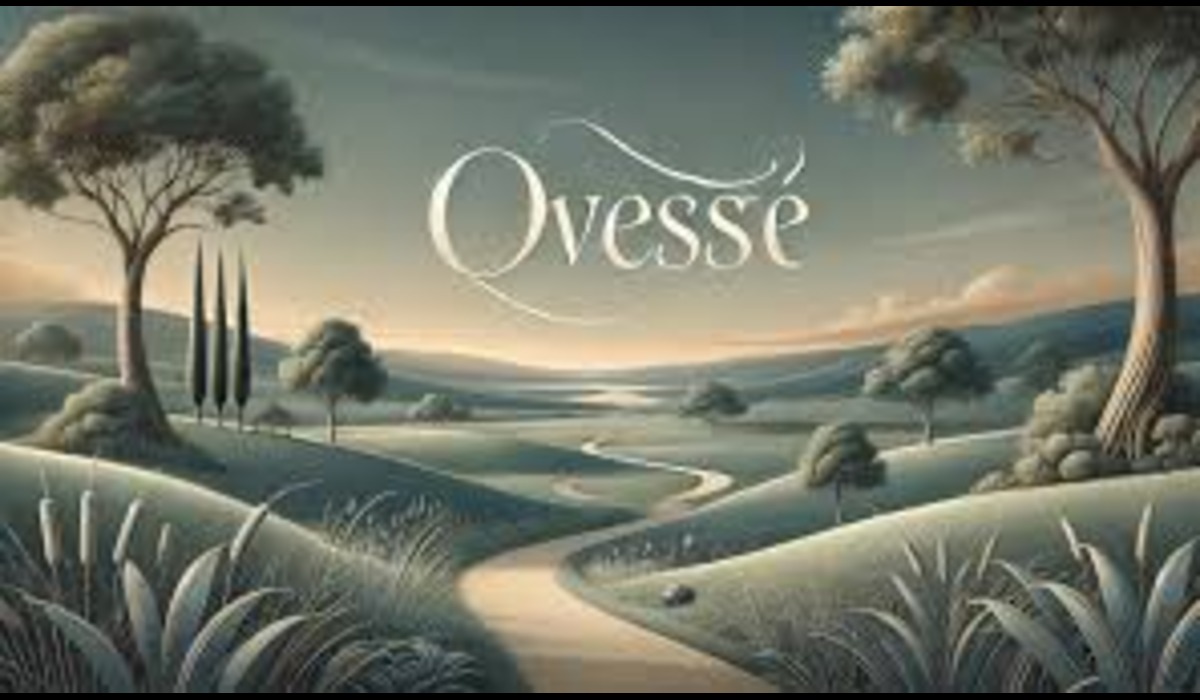In the rich wealth of Philippine culture, there are few concepts as deeply rooted and culturally significant as “mamgatoto.” This term of Philippine origin encompasses the complex web of familial relationships, social obligations, and cultural norms that form the foundation of Philippine society. This comprehensive study delves into the multifaceted nature of Mangatoto, its historical origins, and its enduring relevance in contemporary Philippine life.
What is mamgatoto?
mamgatoto is a Filipino word that refers to a complex system of extended family relationships and their associated social responsibilities. This goes beyond the nuclear family structure common in Western culture and covers a wide range of kinship relationships, including:
Immediate family
Extended family (aunts, uncles, cousins)
Godparents (Ninong and Ninan)
Close family friend
The concept of mamgatoto emphasizes the interconnectedness of these relationships and the mutual obligations that accompany them. It is not just a blood relationship. It is a shared sense of community, support, and connection.
mamgatoto Historical Origin
Pre-colonial Roots
mamgatoto origins can be traced back to pre-colonial Philippines, where tribal and clan-based societies were common. In these early communities, survival and prosperity depended on strong kinship ties and collective efforts.
Barangays (villages) were often made up of large families.
Leadership roles were often passed down through generations, strengthening family ties.
Cooperative labor systems such as the bayanihan strengthened bonds between families.
Spanish Colonial Influence
The arrival of Spanish settlers in the 16th century introduced new elements to the concept of the Filipino family:
The Catholic Church became the center of family life.
The compadrago system (godfather system) was introduced.
Spanish naming conventions were adopted that influenced genealogical tracing.
These influences merged with existing indigenous practices and evolved into the complex mamgatoto system we know today.
mamgatoto Core Elements
Extended Family Structure
Mamgatoto is based on the extended family structure. Unlike the nuclear family model, Filipino families typically have the following characteristics:
Multiple generations live under one roof
Close relationships with cousins (often considered siblings)
Strong ties to aunts and uncles who act as parents.
This extended structure provides a vital support network in times of need, from childcare to financial assistance.
Utang na Lub
The core concept of mamgatoto is “utang na loob,” which translates to “gratitude.” This principle governs many interactions within extended family networks.
Mutual obligations regarding benefits and assistance received
Long-term commitment to repay kindness
Strengthening family ties through mutual support
Utang na loob can be both a source of strength and a potential burden as family members navigate a complex web of obligations.
Hiya (shame) and Amor Propio (self-esteem)
Two related concepts that play an important role in mamgatoto are:
Hiya: Shame or embarrassment arising from failure to fulfill family obligations.
Amor Propio: Self-respect or self-respect. Often related to the ability to fulfill family obligations.
These concepts work together to emphasize the importance of maintaining harmonious family relationships and meeting social expectations in the mamgatoto system.
Role of mamgatoto in Philippine Society
Social Safety Net
One of the main functions of mamgatoto in Philippine society is to provide a strong social safety net:
Financial support in difficult times
Assistance with child and elderly care.
Emotional support during a personal crisis
This system often functions as an informal welfare system, often reducing dependence on government support.
Continuation of Culture.
mamgatoto play an important role in preserving and transmitting Philippine cultural assets.
Passing down traditions and customs from generation to generation.
Preserving regional dialects and languages.
Preserving family history and ancestral ties.
It is through these family connections that important aspects of Philippine heritage are kept alive and vibrant.
Economic impact
The mamgatoto system has serious economic consequences for Filipino families:
Pooling funds for major expenses (education, housing, etc.)
Remittances from overseas Filipino workers (OFW) to support large families
Joint ventures and support for entrepreneurship
These economic connections can present both opportunities and challenges for individuals within the system.
Problems and criticisms of mamgatoto
While Mangatoto has many positive aspects, it also faces criticisms and challenges in modern Filipino society:
Potential for exploitation
Excessive demands on successful family members
Unequal distribution of responsibility
Pressure to put family obligations before personal goals
Confrontation with modern individualism
Tension between traditional family values and personal autonomy
Boundaries are difficult to set within extended family networks.
Challenges for the younger generation in balancing family expectations and personal aspirations
Adapting to changing family structures
Migration and the influence of international families
Evolving gender roles and how they affect family dynamics
Integration of non-traditional family units (e.g. same-sex couples, single-parent households)
mamgatoto in the contemporary Philippine context
Urban-rural dynamics
mamgatoto practices can vary greatly between urban and rural settings:
In urban areas, extended family ties are weakened by physical distance and busy lifestyles.
In rural areas, traditional mamgatoto customs are strongly observed.
In the suburbs, hybrid formats that combine traditional and modern approaches are emerging.
Technology and mamgatoto
Modern technology is changing the way mamgatoto is practiced:
A social media platform that facilitates connections between extended family members.
Video calls that allow you to virtually participate in family activities
Online money transfer service to optimize financial support for family members
Legal and policy considerations
The Philippine legal system and government policies often reflect the importance of mamgatoto:
Family-friendly labor laws (e.g., extended maternity and paternity leave)
Recognition of extended family members in some court proceedings
Welfare programs that take into account the structure of the extended family
The future of mamgatoto
As Philippine society continues to evolve, so does the concept of mamgatoto. Some trends shaping the future:
Globalization and diaspora
As more Filipinos live abroad, cross-border family networks are forming.
Cultural exchange influences family dynamics and expectations
The emergence of a global Filipino community that supports mamgatoto customs.
Changes in family structure.
Greater recognition of diverse family forms
Changing gender roles and their impact on family responsibilities
Delays in marriage and childbearing impact intergenerational relationships
Economic pressure
The impact of economic uncertainty on family support systems
Changing patterns of inheritance and wealth distribution in extended families
Development of collective financial planning and support strategies.
Conclusion
mamgatoto is a cornerstone of Filipino culture and provides a unique lens through which to understand the complexities of family, community, and social responsibility in the Philippines. In the face of the challenges of a rapidly changing world, this deeply rooted concept continues to adapt and evolve, reflecting the resilience and adaptability of Filipino society.
Looking ahead, mamgatoto will continue to play an important role in shaping Filipino identity and social structure. Mamatoto’s ability to provide support, maintain cultural continuity, and foster a sense of belonging is critical as Filipinos navigate the complexities of the 21st century.
Understanding and appreciating the nuances of mamgatoto is essential not only for those who are part of the Filipino community, but also for those who wish to engage with Filipino culture on a deeper level. As the world becomes increasingly interconnected, the wisdom contained in concepts like Mamatoto can provide valuable insights into alternative models of social organization and support.
At its core, mamgatoto is more than just a system of family relationships. It reflects the Filipino spirit of community, resilience, and mutuality. mamgatoto continues to evolve and will undoubtedly remain an important thread in the rich tapestry of Filipino culture, linking past traditions and future innovations in family and social dynamics.










